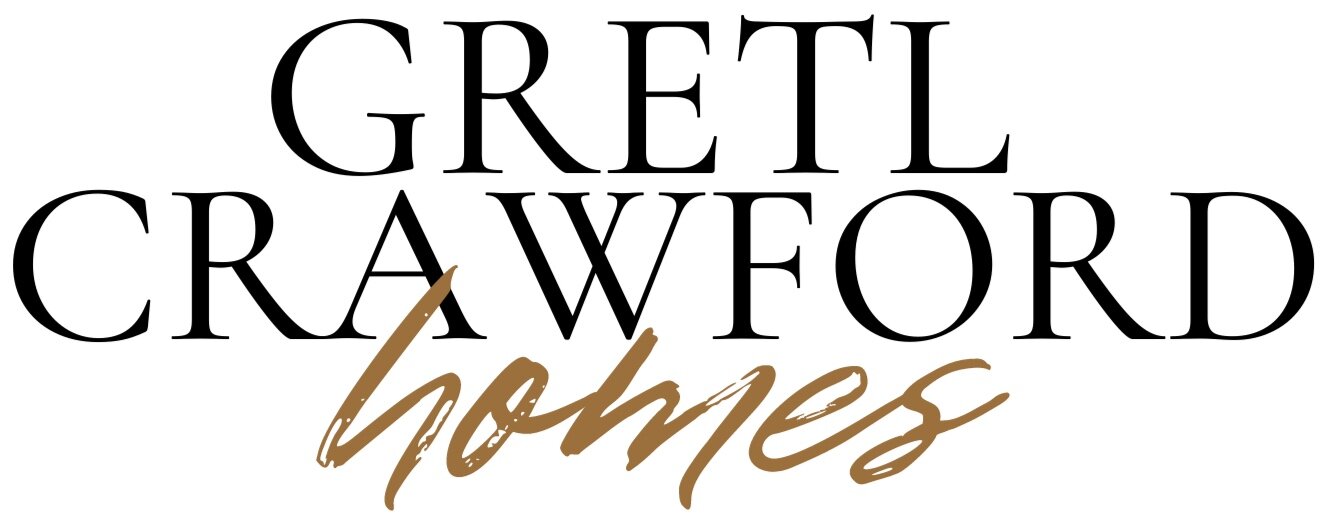The Real Cost of Building in Washington: Navigating Regulations, Permitting, and Fees
Building a new home in Washington has grown increasingly challenging due to rising costs associated with regulatory compliance, permitting fees, and energy credits. According to the Building Industry Association of Washington (BIAW), regulations now account for roughly 23.8% of a new home's final sale price, significantly impacting affordability and availability. These costs are compounded by Washington's ambitious energy mandates, where energy credits alone add thousands to project expenses.
Permitting and Fees Differ Across Tri-Cities: Richland, Pasco, and Kennewick
Building a new home in Washington is significantly impacted by permit and impact fees, which vary across the Tri-Cities of Richland, Pasco, and Kennewick. These fees cover essential services but also add considerable costs to home construction, talk to your builder to discuss the costs in each City and how they will effect your budget:
Permit Fees: These charges cover application and review processes for building code compliance.
Impact Fees: Intended to fund infrastructure like roads, parks, and schools, these fees vary by city. Notably, Pasco has a school impact fee specifically to offset the educational costs from residential growth, costing new homes over $4,500 per unit. This fee supports the construction and maintenance of local schools, helping meet the city’s educational needs but adding to the overall cost of housing.
Adding Up the Costs
Combined, these regulations and fees mean that in 2023, Washington added around $39,000 in costs per new home due to regulation and compliance with energy codes alone. As the state faces a projected shortfall of one million housing units over the next 20 years, these costs directly contribute to Washington’s growing housing crisis.
Energy Credits and Compliance
Builders must now secure energy credits to comply with updated codes, translating to higher project costs as homes need to meet rigorous efficiency standards. Builders choose combinations of high-performance elements—like advanced insulation, efficient heating, or enhanced air sealing—to reach the state-required credits. For example, adding high-efficiency windows or a heat pump can provide credits, but each upgrade comes with added costs.
Planning for the Future
For prospective homebuilders and buyers, it’s essential to recognize these cumulative costs in any new construction project. By staying informed on local regulations and seeking professional guidance, buyers can make well-informed decisions that try to maximize value within Washington’s challenging regulatory landscape.

